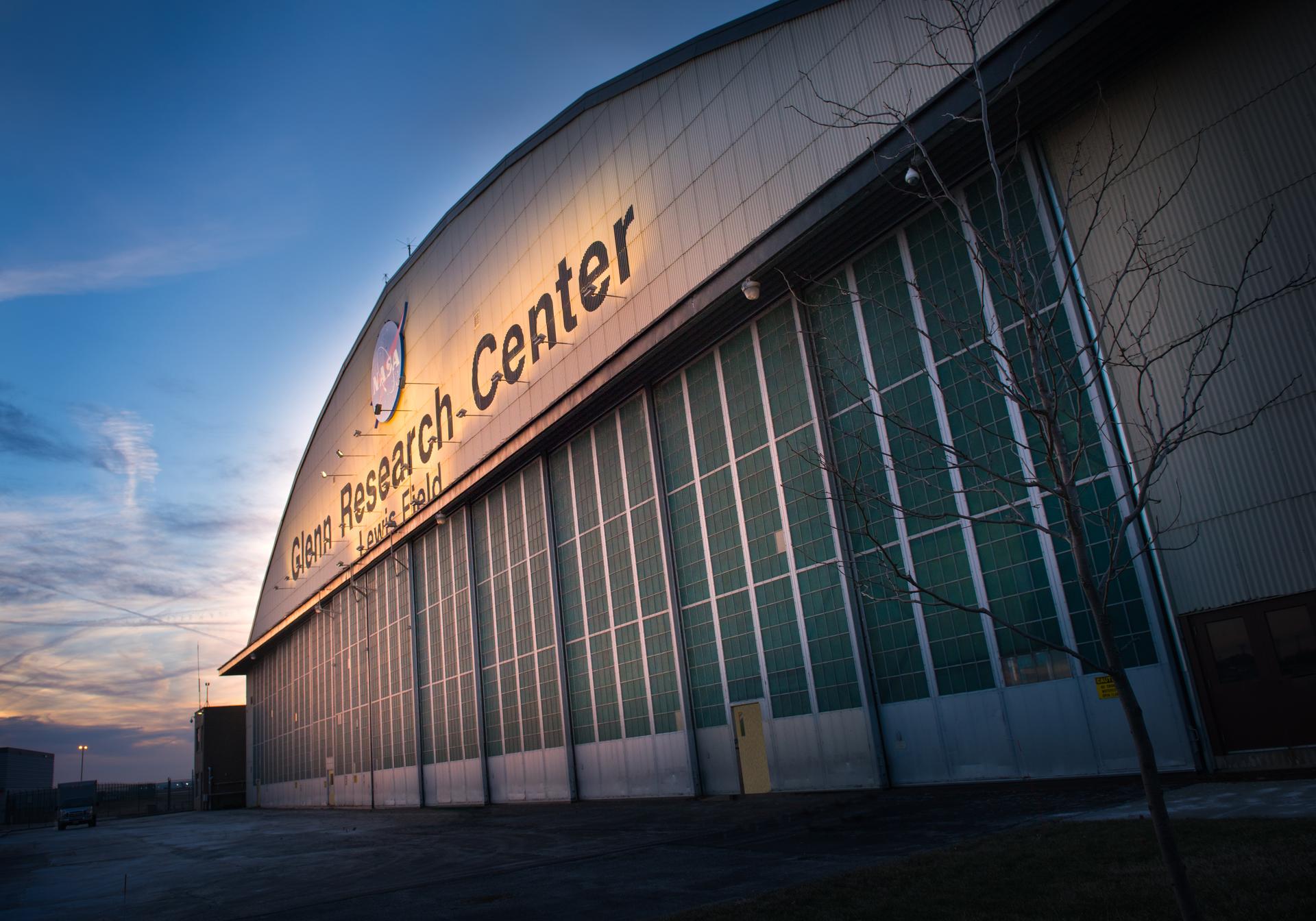
NASA’s Modern History Makers
The NASA’s Modern History Makers series highlights members of NASA Glenn’s workforce who make our remarkable missions possible.
NASA Glenn Modern History Makers
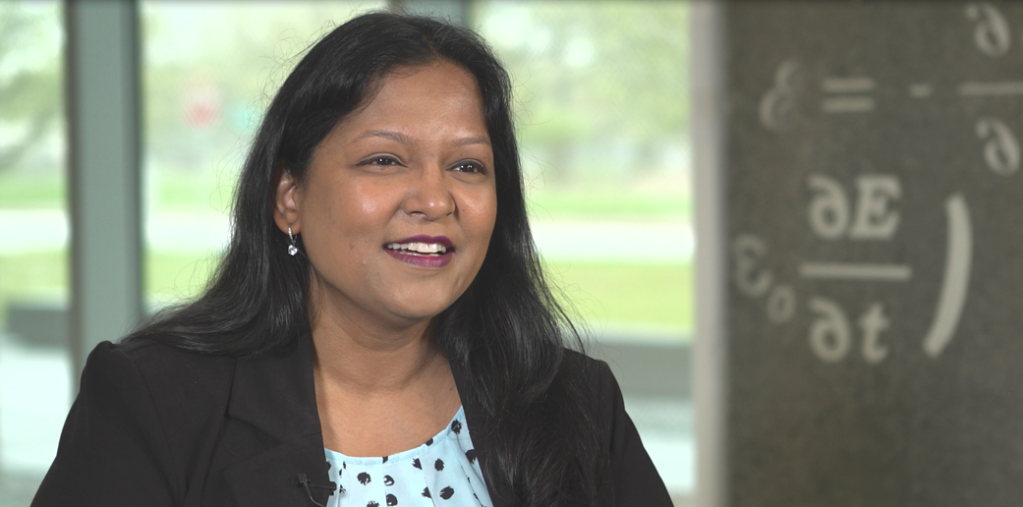
Kamana Katiyar
NASA was the ultimate aspiration for Kamana Katiyar. From the time she was a child, she was intrigued by her father’s work as an engineer and dreamed of following in his footsteps.

Wayne A. Wong
At an early age, Wong was torn between his passion for the arts and storytelling and a love of science and math. Ultimately, he chose a path to engineering and, eventually, NASA's Glenn Research Center in Cleveland
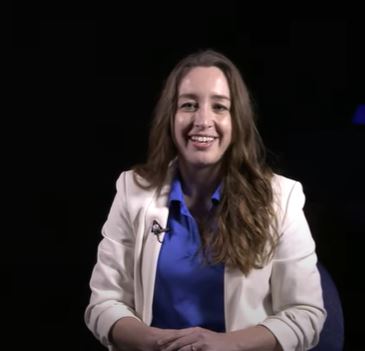
Carrie Green
Meet Carrie Green, deputy safety mission and assurance lead for the European Service Module. Green's work helps NASA understand and mitigate risks related to spaceflight and ensure our missions are safe.
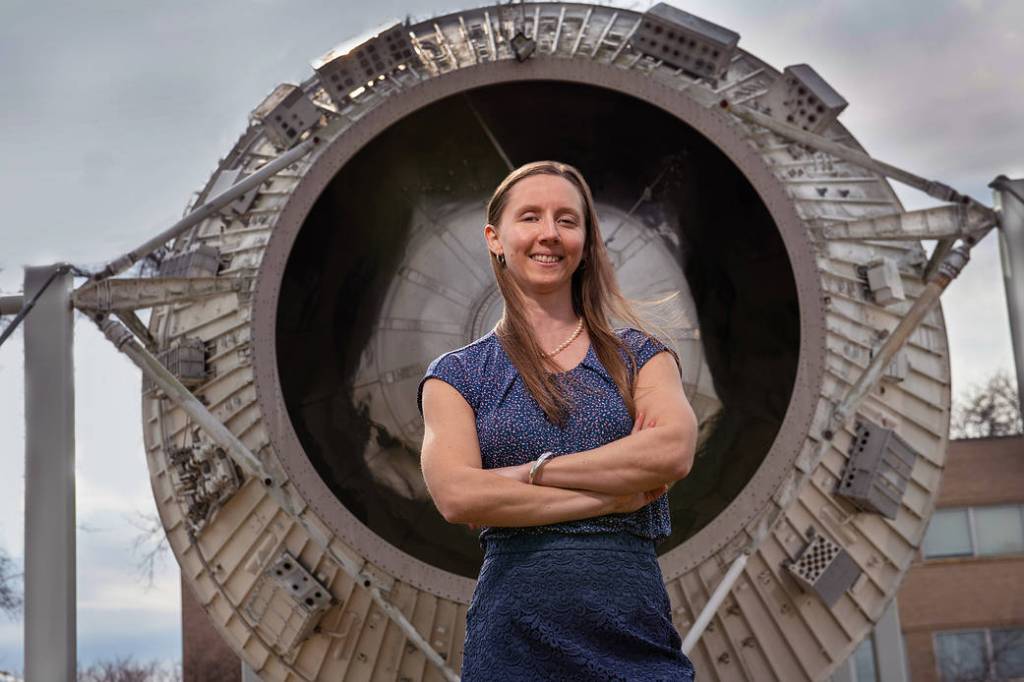
Kristen Bury
When Kristen Bury began her career at NASA’s Glenn Research Center in Cleveland, Artemis was a mere set of blueprints. Her focus was Orion — Artemis’ spacecraft built to take humans farther than they’ve ever gone before — and as a systems engineer, she modeled and simulated its power system.
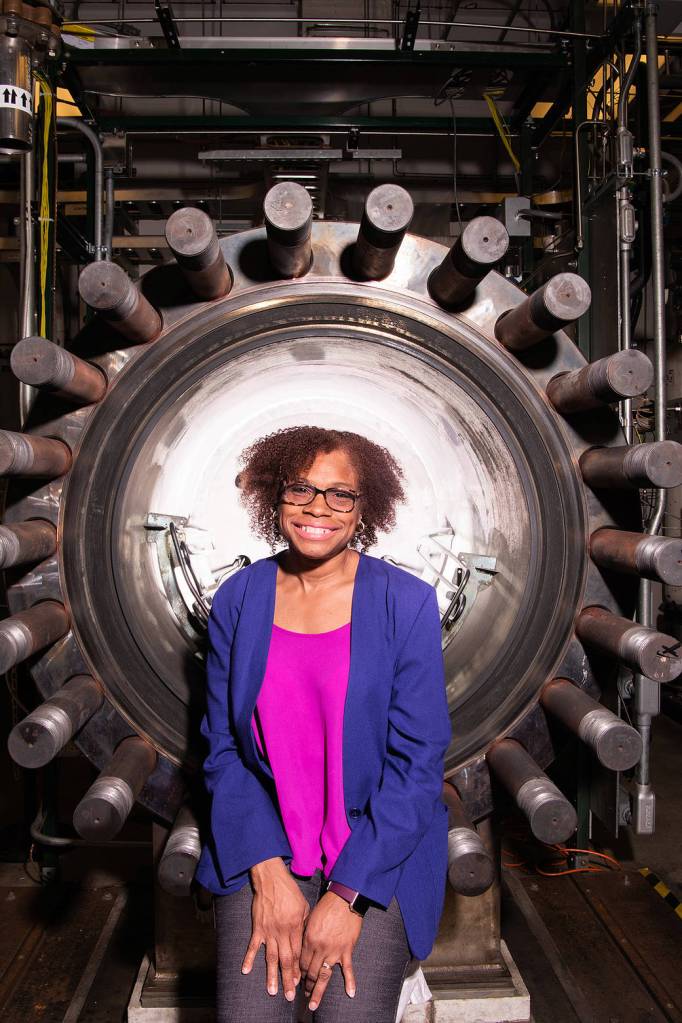
Concha Reid
Many people can reflect on their childhoods and identify the moment that sparked their passion, ultimately illuminating the path they would take to reach their career goals. For Concha Reid, it was the absence of light in her Virgin Islands hometown that ignited her interest in power systems. The reliability of the electrical grid wasn’t as robust as the U.S.

Lyndsey McMillon-Brown
Lyndsey McMillon-Brown has taken her love of art, books, and the environment and turned it into a career at NASA’s Glenn Research Center in Cleveland. “I find that the things I enjoy contribute to my creativity and how I problem solve in the lab," said Brown. McMillon-Brown works with solar cells, which convert energy from light into electricity.

Phuong Marangoni
Phuong Marangoni is the deputy project planning and control lead for NASA’s Power and Propulsion Element project supporting Gateway, a cornerstone of the Artemis program.
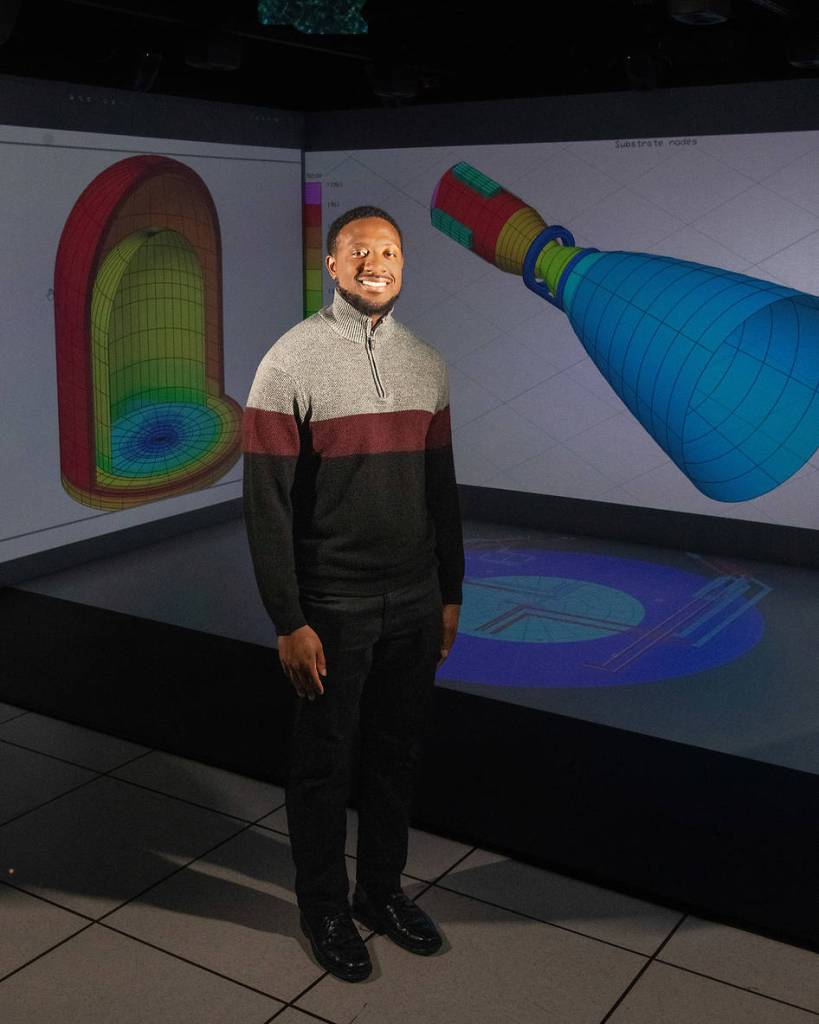
Jarred Wilhite
Jarred Wilhite is a NASA Glenn aerospace engineer who has been instrumental to Artemis and the X-57 Maxwell all-electric aircraft.
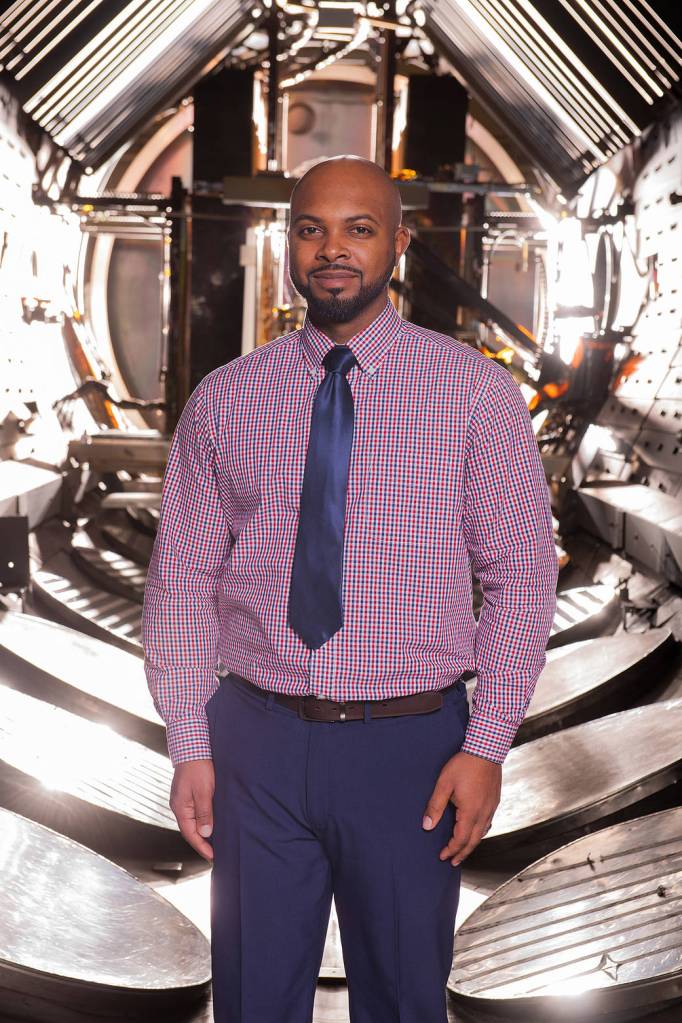
Ernest Williams
Ernest Williams has played a key role in the X-59 Quesst mission as an electrical engineer at NASA’s Glenn Research Center.
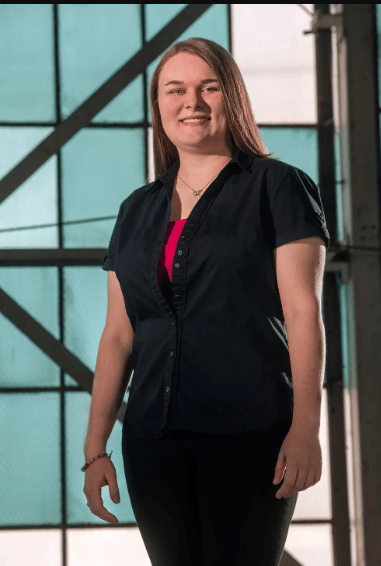
Susanah Kowalewski
When Susanah Kowalewski was a child, she dreamed of becoming an astronaut. She shared a love of space and a birthday with Sally Ride, so in her mind it was meant to be.
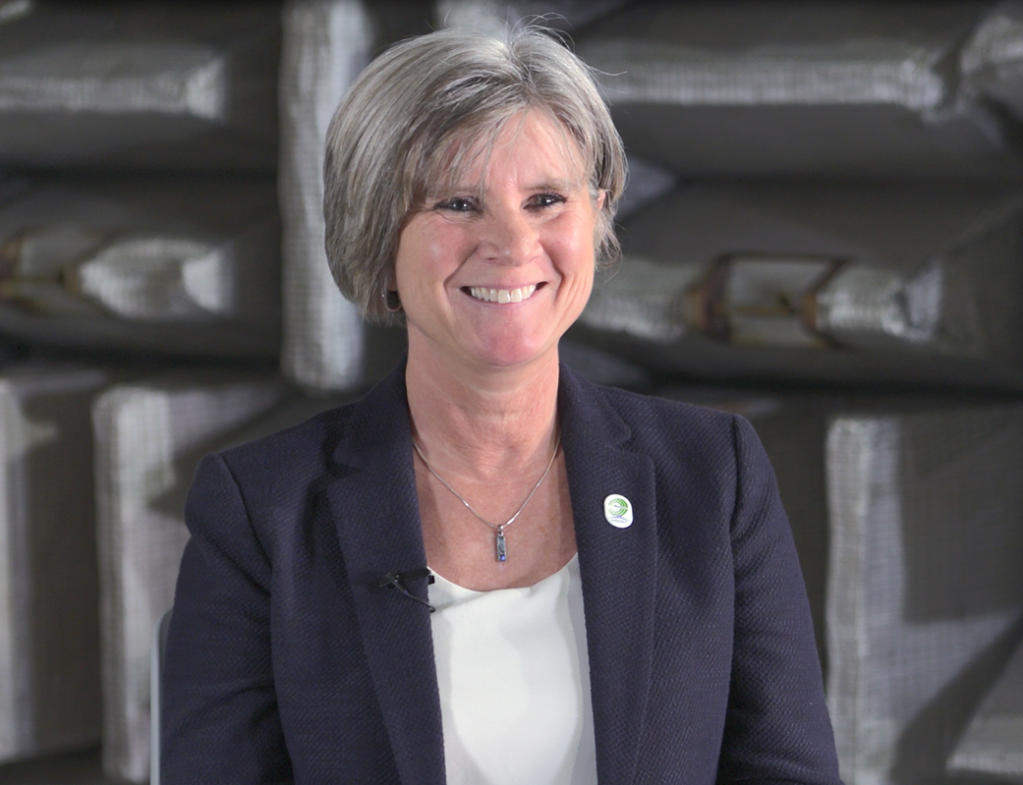
Peggy Cornell
Her work is helping revolutionize aviation and could make supersonic flight over land a possibility through NASA’s Quesst mission.
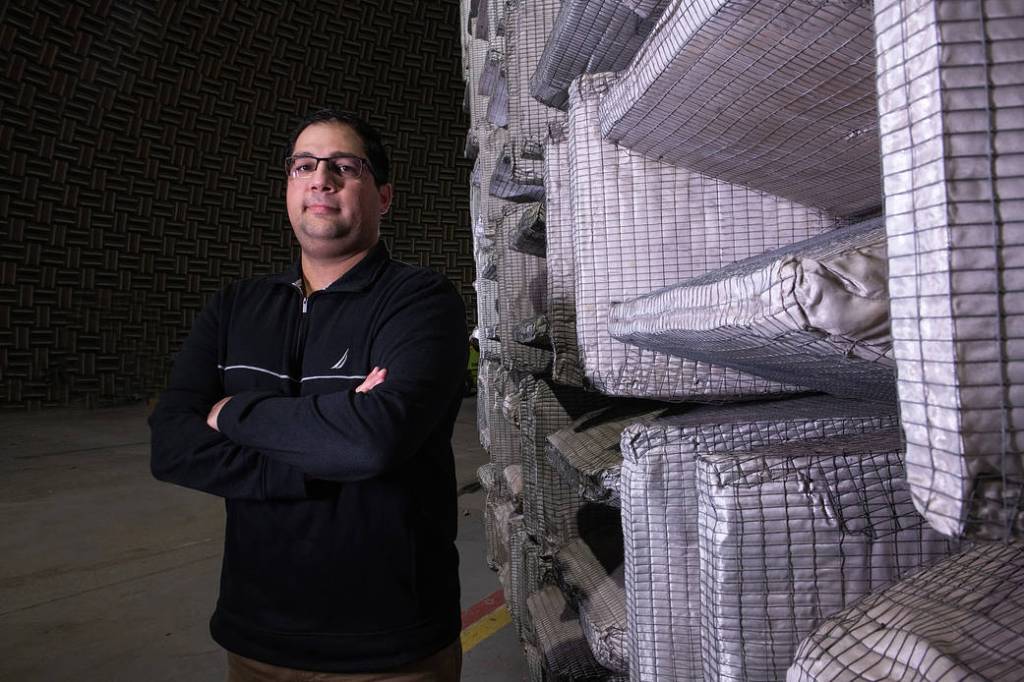
David Avanesian
David Avanesian has a unique approach when it comes to cultivating a highly productive team. He encourages what others typically try to avoid: Failure.
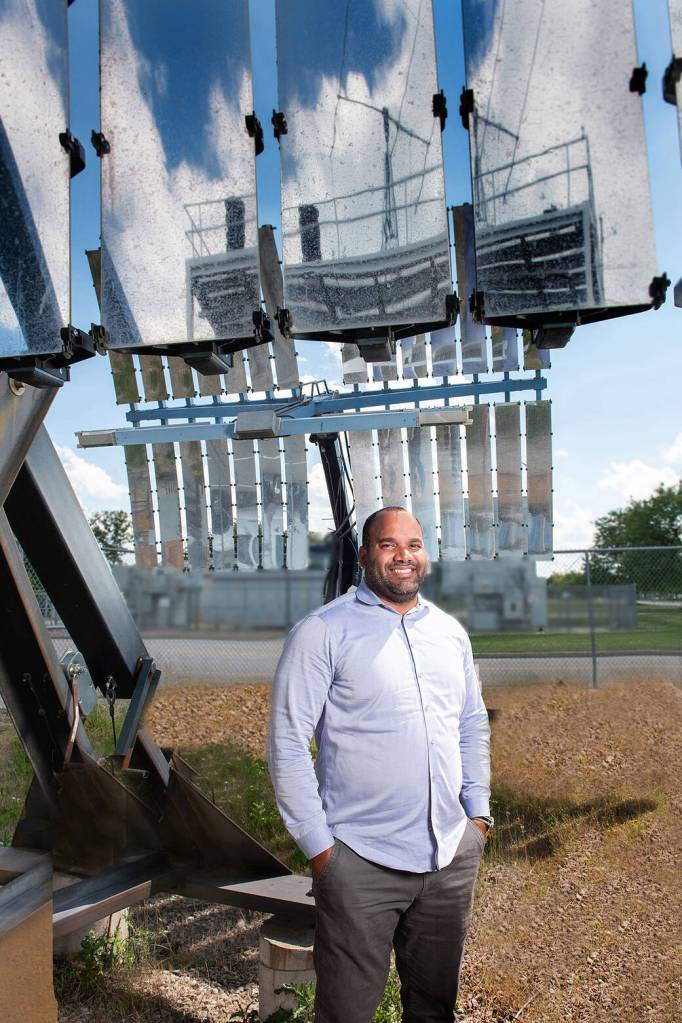
Michael Pepen
Michael Pepen finds it thrilling to tackle the complex challenges he faces while working on ground-breaking space technology and missions. Pepen thinks his Hispanic heritage has influenced how he approaches his work.

Adabelle Bostwick
Adabelle Narvaez-Bostwick has worked in the same building at NASA’s Glenn Research Center in Cleveland for 35 years, and the chief engineer for aeronautics has no plans on going anywhere else.

Abigail Rodriguez
Abigail Rodriguez leads safety and mission assurance for the Fission Surface Power project, which aims to design a fission power system that would provide at least 40 kilowatts of power and demonstrate it on the Moon.
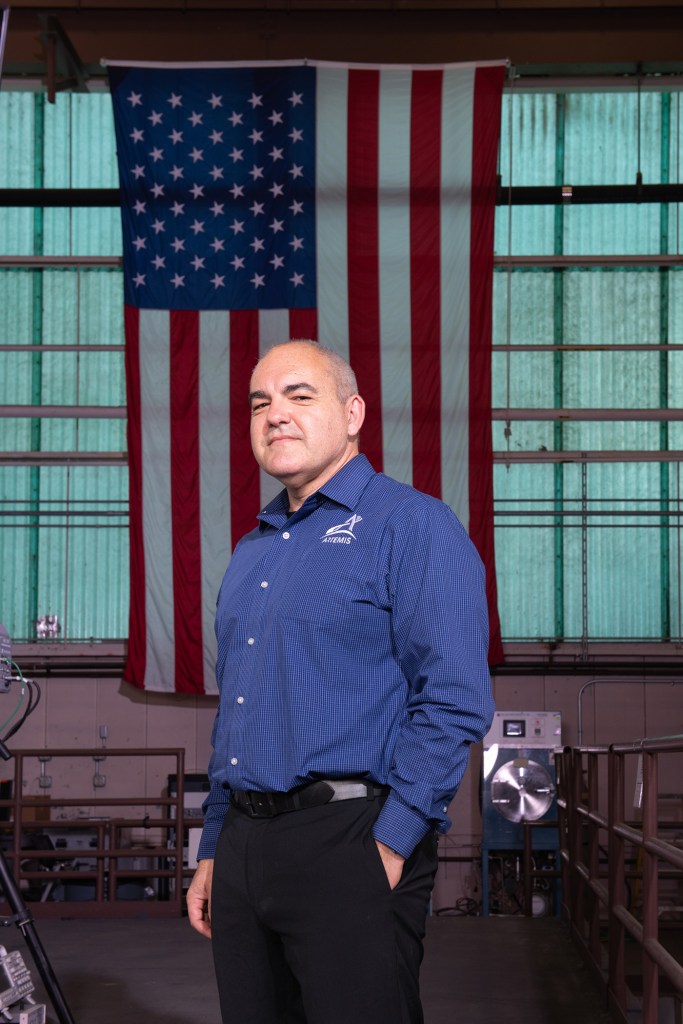
Carlos Garcia-Galan
Carlos Garcia-Galan manages a team of engineers who work with NASA’s European partners on the Orion spacecraft’s powerhouse, the European Service Module, in preparation for NASA’s Artemis missions.
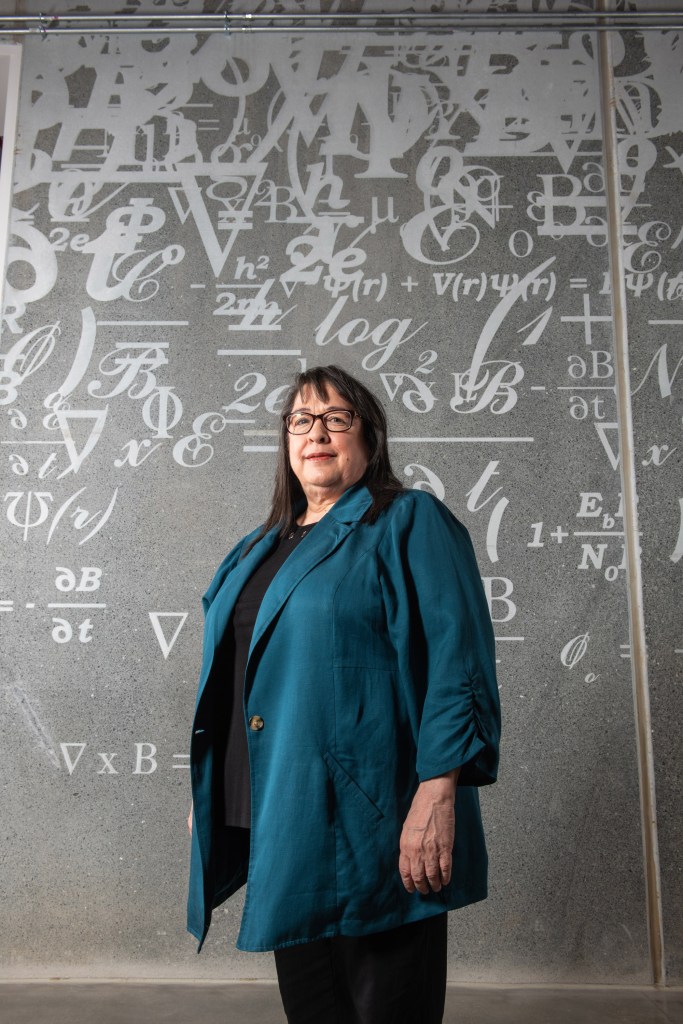
Maricela Lizcano
Maricela Lizcano was diagnosed with a rare genetic eye disease and lost most of her central vision by the time she was 45. But Lizcano has adapted and chased her goals, working as a research materials engineer at NASA’s Glenn Research Center and leading a team developing high-voltage materials for electrified aircraft.

Sarah Tipler
Sarah Tipler develops code that models the power systems of the International Space Station, Orion spacecraft, and Power and Propulsion Element (PPE) that will help propel Gateway, NASA’s future lunar space station. Tipler has also been diagnosed with ADHD and has had a long journey learning to navigate its impact on her personal life and work.


























